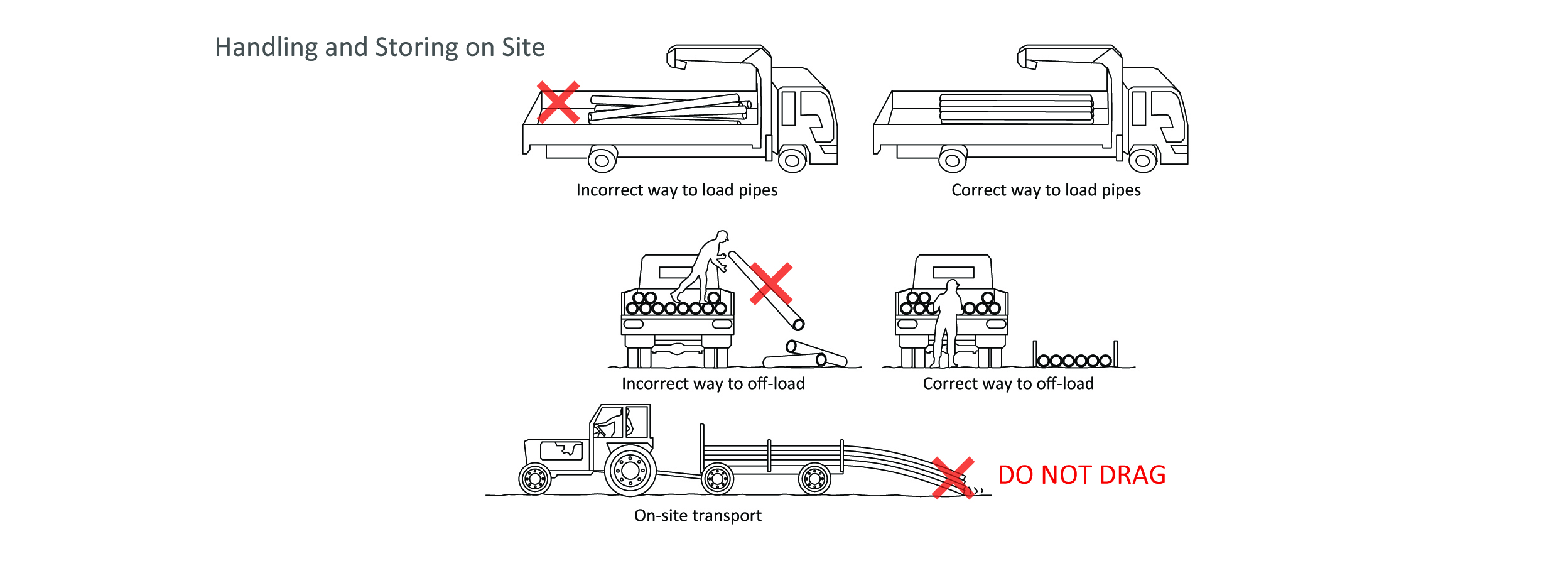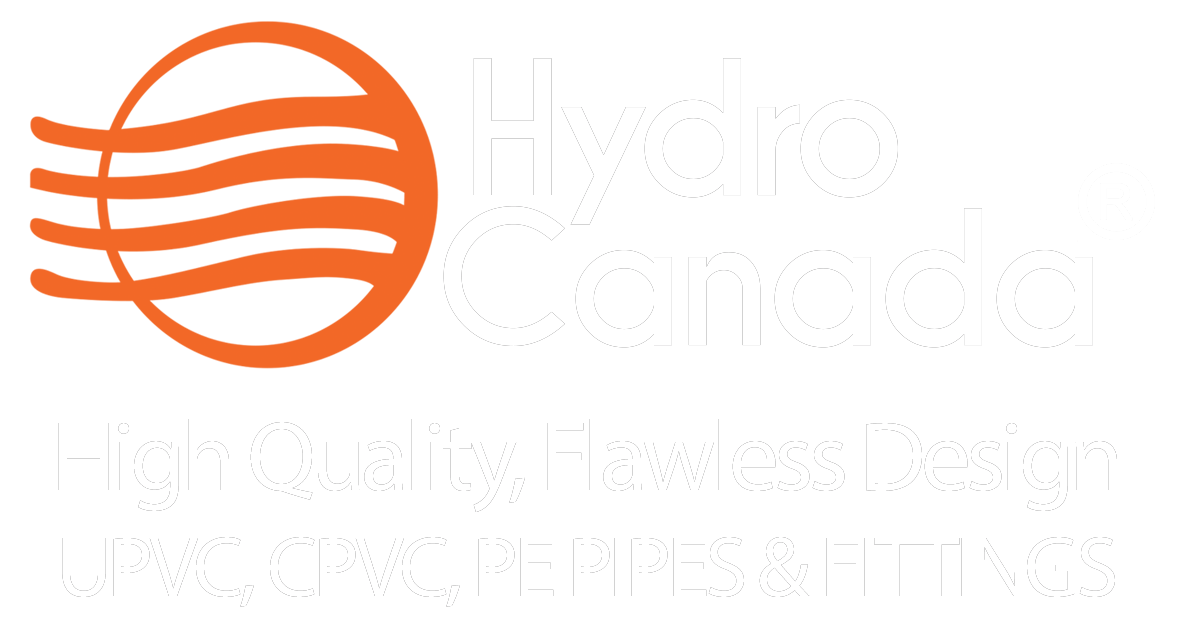Buyer’s Acceptance Of Materials:
The person responsible for receiving the pipe should always carefully inspect as much of the pipe as possible before unloading. The receiver should look for transportation damage such as a shift in the load, tie-down straps overtightened, or signs of rough treatment. LTL (less than truckload) pipe shipments that arrive in a closed trailer should be checked as soon as the trailer is opened. Make sure that the pipe has not been uploaded with metallic piping, crates, machinery, or any other objects that might crush or impact the plastic pipe. The ends of the pipe should be visually inspected for cracks, cuts, gouges, or heavy decorations. In some cases, especially for large-diameter pipes 4″ and above, it would be advisable to inspect the bore of the pipes for internal cracks or splits that may have occurred as a result of loading or transportation. The use of a strong flashlight may be necessary to inspect the inside diameter beyond the ends of the pipe. Any and all damages should be witnessed by the truck driver and clearly noted on the transportation documentation with a copy retained by the receiver. The carrier and Eslon should be immediately notified of any damages missing pipes, or items incorrectly shipped.




